Phobia i.e. fear, an extreme or irrational fear of or aversion to something for ex-he had a phobia about height or being under water. A phobia is a type of anxiety disorder. It is a strong, irrational fear of something that poses little or no real danger. Phobias generally start in children or teens, and continue into adulthood. There are many specific phobias, people suffer with phobias try to avoid when they come across what they are afraid of. According to National Institute of Mental health, 60% of people suffer from that phobia that will never take place, 30% people suffer from that phobia that happened in the past and can’t be changed, 90% of people suffer from that phobia that are considered to be insignificant issues, whereas 88% of people have feared the things which are in relation to health that will not happen. The full list of phobias is almost limitless, consisting of anything that someone could fear. However, some phobias are more common than other. Here are the most common specific phobias.
1. Glossophobia
Glossophobia may be defined as a very specific form of stage fright or speech anxiety which is the fear of speaking in public. Most confident people have experienced some degree of nervousness or anxiety when they have to give a speech, presentation, or perform on stage. In fact, some experts estimate that as much as 75% of the population has some level of anxiety regarding public speaking. Of course, many people are able to manage and control the fear. The common symptoms and signs of glossophobia includes, sweating, increased heart rate, dry mouth. Various treatment options are available to treat glossophobia. Therapies such as hypnosis, meditation or psychotherapy can be quite beneficial in helping to overcome glossophobia. I too suffer from Glossophobia.
2. Necrophobia
Necrophobia or the fear of the dead is a psychological status when you feel afraid of death or maybe you are afraid of dead things. The feeling is indeed uncanny. You cannot explain that feeling, which you experience when you stand before a mummy or a corpse. This phobia is indeed dangerous. It may developed after you saw someone dying or an ugly dead thing before you. You may have gone through lots of emotional trauma then. According to National Institute of Mental science about 68% of population suffer from this phobia, this is one of the most common phobia. Like all phobias, necrophobia is an irrational fear. It is different from a simple worry about death or anxious wonders about what happens when a person dies. Therapists can use a number of techniques to help a person overcome the aspects of this phobia that prevent him or her from living a normal life but there is no one size fit all treatment.
3. Arachnophobia
According to National Institute of Mental science about 30.5% of total population suffers from arachnophobia i.e. the fear of spiders and other arachnids such as scorpions. It is one of the most common specific phobia, those who suffered from this phobia will go to great extent to ensure that they are not exposed to spiders. Symptoms of acrachnophobia can be seen when you see spider either you will ran away or freezing in place. Like all specific phobias, arachnophobia is most commonly treated through therapy, particularly cognitive-behavioural techniques. Antidepressant or anti-anxiety medications may also be used. Some newer research has shown that virtual reality therapy, in which the sufferer is exposed to virtual representations of spiders, may work as well as the older technique of gradually exposing the client to live spiders.
4. Achluophobia
Achluophobia is also known as Myctophobia, Scotophobia or Nyctophobia which is an abnormal fear of darkness. This type of phobia is often seen in children, women & young people. This is one of the most common phobia found in children, it is less common in adults. Symptoms of Achluophobia includes, is lost mental balance. Other symptoms might include an irregular heartbeat, sleepless nights, weight loss, disability to do routine activities, and the inability to speak and think properly. About 11% of population suffer from this type of phobia. This can be treated, treatment includes a case where you will be required to sit in the darkness and witness this disorder
5. Acrophobia
Acrophobia is the extreme or irrational fear of heights. Acrophobia sufferers can experience a panic attack in a high place and become too agitated to get themselves down safely. Symptoms can include feeling like you will fall or jump off the edge, panic attacks, dizzy spells and feeling faint. According to National Institute of Mental Science about 10% of population suffer from acrophobia, women are more in no. than man. Symptoms of acrophobia can include feeling like you will fall or jump off the edge and panic attack. Taking therapy can be useful, this would include exposure therapy to overcome from this phobia. But the brain learn more from experience than therapy.
6. Social Phobia
Sociophobia, also called social phobia or social anxiety disorder is an intense, excessive, and irrational fear in social situations. Social phobias are fears that involve other people or social situations such as performance anxiety, fears of embarrassment or humiliation by scrutiny of others. Examples of these phobias would be eating in public, giving a speech, and even sexual activities. People with these phobias tend to avoid the situations they fear. According to National Institute of mental science about 7.9% of people suffer from this type of Phobia. This phobia is treatable and can be overcome through a therapy involving introduction to their fear, talk therapy, support therapy, and relaxation therapy can be taken to overcome from this phobia.
7. Aerophobia:
An abnormal and persistent fear of flying. Sufferers experience severe difficulty even though they usually realize that the flying does not pose a threat adequate with their fear. Aerophobia also means an irrational fear of fresh air or drafts of air. Aerophobia is derived from the Greek “aero-“, air or gas + “phobos”, fear = literally, fear of air. Fear of flying that is not caused by medical concerns or other phobias may be caused by a range of factors. If you have ever experienced a traumatic flight or plane crash, aerophobia may occur. Even watching extensive news coverage of airline disasters can be enough to trigger a fear of flying. For example, much of the country developed at least a minimal fear of flying in the wake of the September 11 attacks. According to National Institute of Mental science about 6.5% of people suffer from this type of phobia. Person suffering from this phobia can be treated by giving exposure to that fear i.e. don’t afraid from flying.
8. Claustrophobia
Claustrophobia is an anxiety disorder; the sufferer has an irrational fear of having no escape or being closed-in. The word claustrophobia originates from Latin claustrum which means “a shut in place” and Greek phobos, which means “fear”. People with claustrophobia can find the disorder hard to live with, as they will go to great lengths to avoid small spaces and situations that trigger their panic and anxiety. They will avoid certain places like the subway/underground and will prefer to take the stairs over using a lift/elevator no matter how many floors they need to ascend/descend. The signs of claustrophobia usually develop early in life during childhood or the teenage years. Claustrophobia can disappear in adulthood. If it does not, treatment is usually necessary to overcome the fear. According to National Institute of Mental science about 2.5% of people suffer from this phobia.
9. Agoraphobia
Literal definition suggests a fear of “open space”. However, agoraphobics are not afraid of open spaces they are afraid of having panicky feeling, for many this happen at home, in temples, in a crowded place, places certainly not open. The essential feature of Agoraphobia is feeling difficult in places from which escape might be difficult or embarrassing or a place where help will not available. Agoraphobic fears typically involve characteristic clusters of situations that include being outside the home alone; being in a crowd or standing in a line; being on a crowded place for ex- bus, train. According to statistics of National Institute of mental health 2.2% of people suffer from this type of phobia.
10. Brontophobia
Brontophobia also known as astrapophobia, keraunophobia, or tonitrophobia, is an abnormal fear of thunder and lightning. “Brontophobia” is derived from the Greek “bronte” (thunder) and “phobos” (fear). According to statistics of National institute of mental health this type of Phobia is found in 2% of population. This phobia is a treatable phobia that a human beings and animal both can develop. A person who is suffering from Brontophobia will feel uneasy during a thunderstorm even they know that the threat is minimal to them.



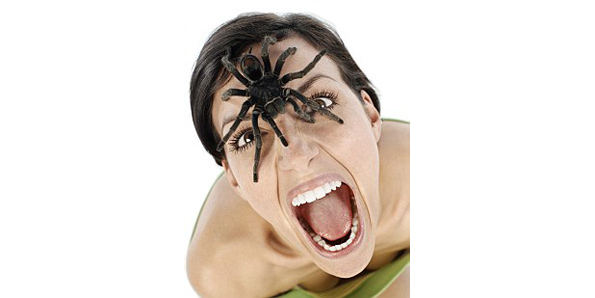
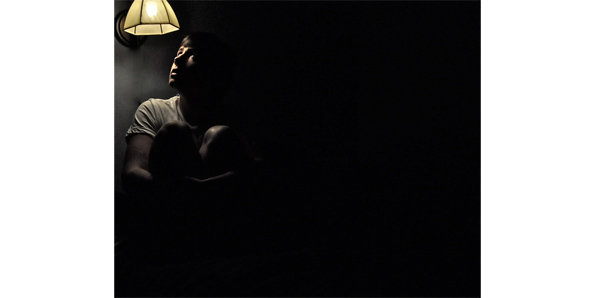
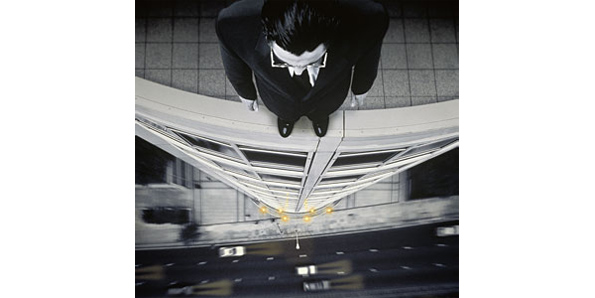
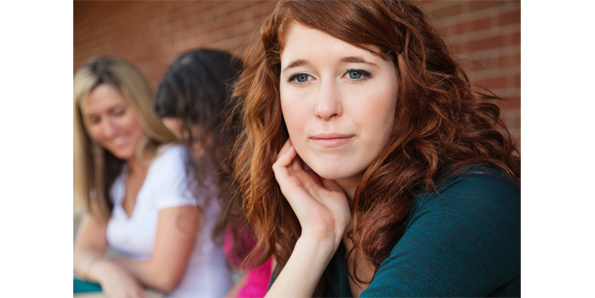
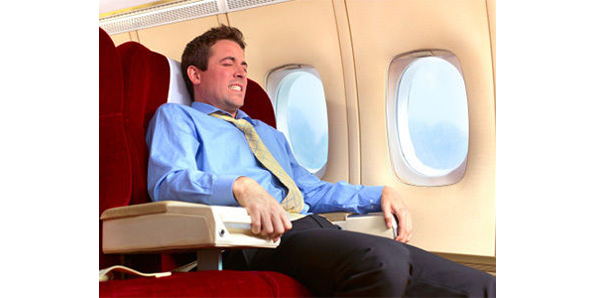

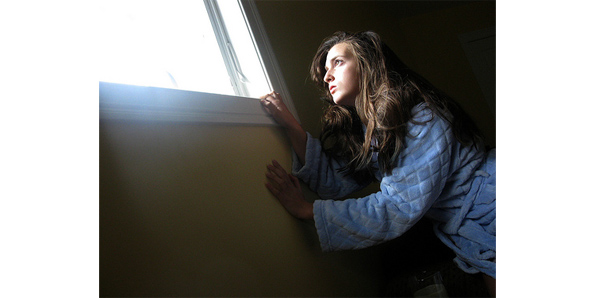
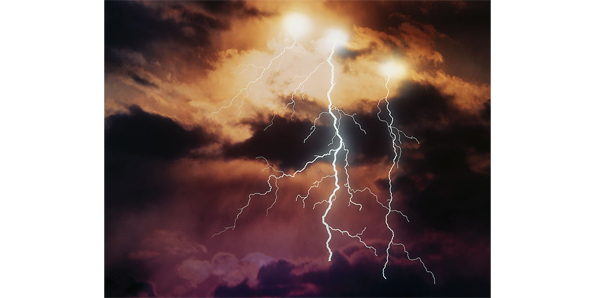
Leave a Reply